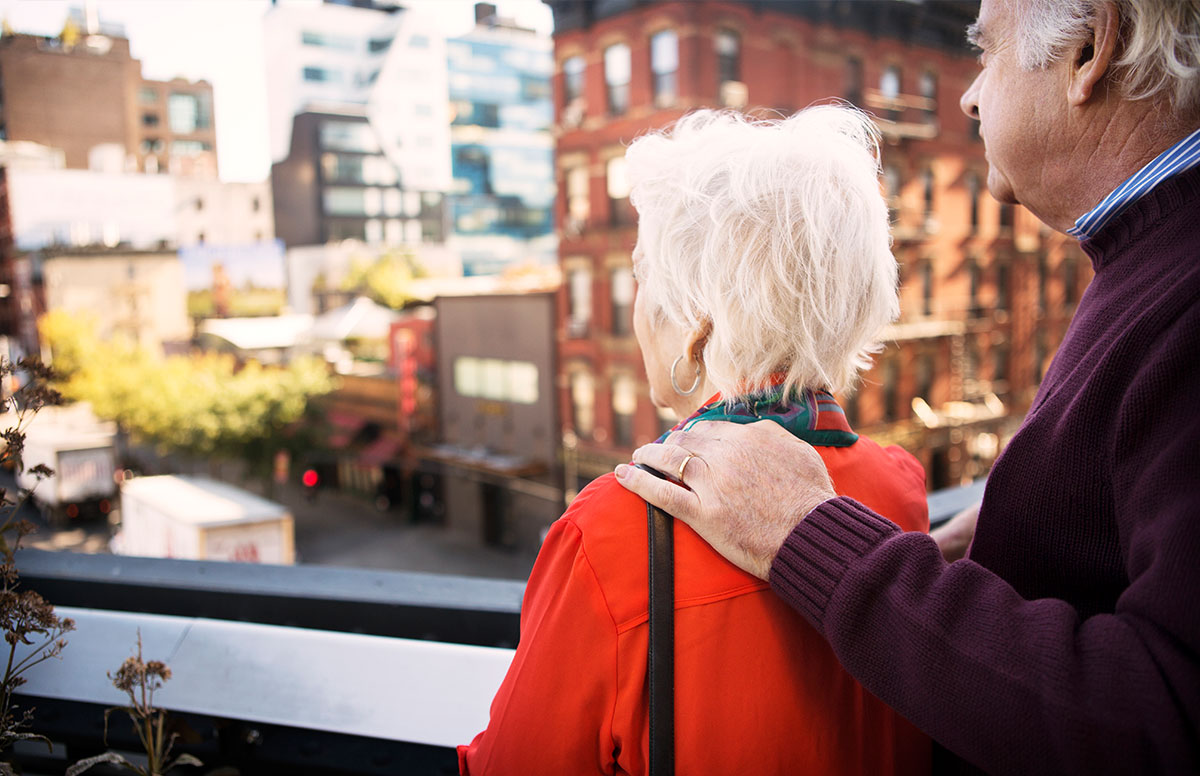Living With COVID: Week 4
This Week’s Highlights:
Volume Six: Air Date 4.11.22. “Living with COVID – Across the Pond”
Tired of all the debate about whether we’re ready to ‘live with COVID’ and ease restrictions here in the U.S.? Even though this isn’t a video call, I can still see all your hands raised. OK. Let’s go across the pond and see how our British counterparts are dealing with this issue…
In February, the UK was done with COVID. Seriously. They dropped all mask mandates, stopped free mass testing, stopped sending out free at home tests, stopped requiring self-isolation for those infected, and loosened up all travel restrictions. Not surprising, but people loved it. Freedom! But now, according to several articles published today, there’s great debate about whether that was the right move.
Prime Minister Boris Johnson is standing by his decision, but now that cases, hospitalizations and deaths are again on the rise due to the Omicron sub-variant, experts are divided about whether this is the right approach. You can understand why they are alarmed – even with fewer tests being run, the infection rate is reportedly 1 in 13 people, or 40% higher than the first Omicron peak in January 2021, depending on which expert is quoted. Hospitals are being overwhelmed, in part because of the patient load and in part because so many staff members are out sick, according to the National Health Service. Airlines are cancelling flights ahead of the popular two-week Easter travel period – not because of restrictions, but because so many of their employees are home sick as well.
This has some scientists and politicians wringing their hands. Were the restrictions lifted too soon? Should they be reinstated? Some argue that ongoing testing and self-isolation is essential to keep variants at bay awhile longer. Others say that part of “living with COVID” means being comfortable with a certain level of hospitalizations and deaths – similar to “living with the seasonal flu.”
Other European countries have taken similar measures as Britain, although only Switzerland and Spain have ended the self-isolation requirement. Germany considered it, but then backed off because German Health Minister Karl Lauterbach stated that plan “would send a “completely wrong” signal that “either the pandemic is over or the virus has become significantly more harmless than was assumed in the past.”
So what’s the right decision here? Perhaps only time will tell.
Volume Seven: Air Date 4.13.22. “Omicron XE – What You Should Know”
The World Health Organization is monitoring a new omicron variant — XE — that’s a hybrid of BA.1, the original omicron strain, and BA.2, the now-dominant, highly transmissible subvariant.
The strain was identified Jan. 19 in the U.K. As of yesterday, 1,125 cases of XE have been detected in the UK and a handful of cases have been seen elsewhere, including the US.
Initial estimates suggest XE is 10 percent more transmissible than BA.2, though more research is needed to confirm this.
Sometimes mistakenly called the Frankenstein variant, XE is known as a recombinant variant, which forms when one SARS-CoV-2 strain picks up some genetic material from another SARS-CoV-2 strain. This is not an unusual occurrence with viruses.
According to the Centers for Disease Control and Prevention’s website, XE isn’t currently being monitored by U.S. epidemiologists nor has it been labeled as a “variant of interest” or “variant of concern.”
The good news is that there are still relatively few XE cases. “We’ve known about the existence of the XE variant since the middle of January,” Dr.Badley of the Mayo Clinic says. “Now, two and a half months later, we’re still seeing cases, but it hasn’t exploded.” To put that in context, “Omicron was first identified in November, and within four weeks it was all over the world. So, it’s not as dominant a new strain as Omicron was,” he says.
There is not yet enough known to make projections about transmissibility, severity, or vaccine effectiveness. But we do know that the vaccines work to protect against symptomatic disease for BA1 and BA2 so it is likely vaccines will be effective against the worst effects of XE. Again, it is likely that Paxlovid and molnupiravir would be useful with the XE strain.

 Shutdown Week Three: Impact of Ongoing Closure on Affordable Housing
Shutdown Week Three: Impact of Ongoing Closure on Affordable Housing


